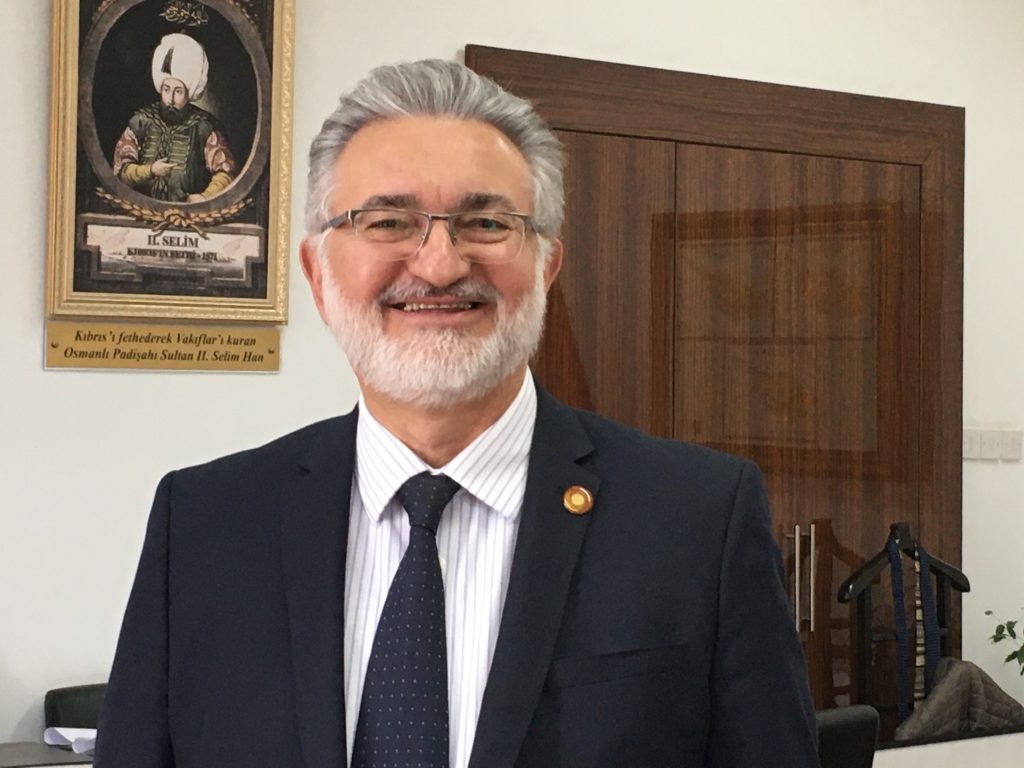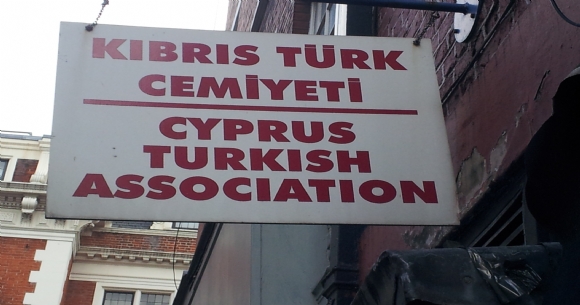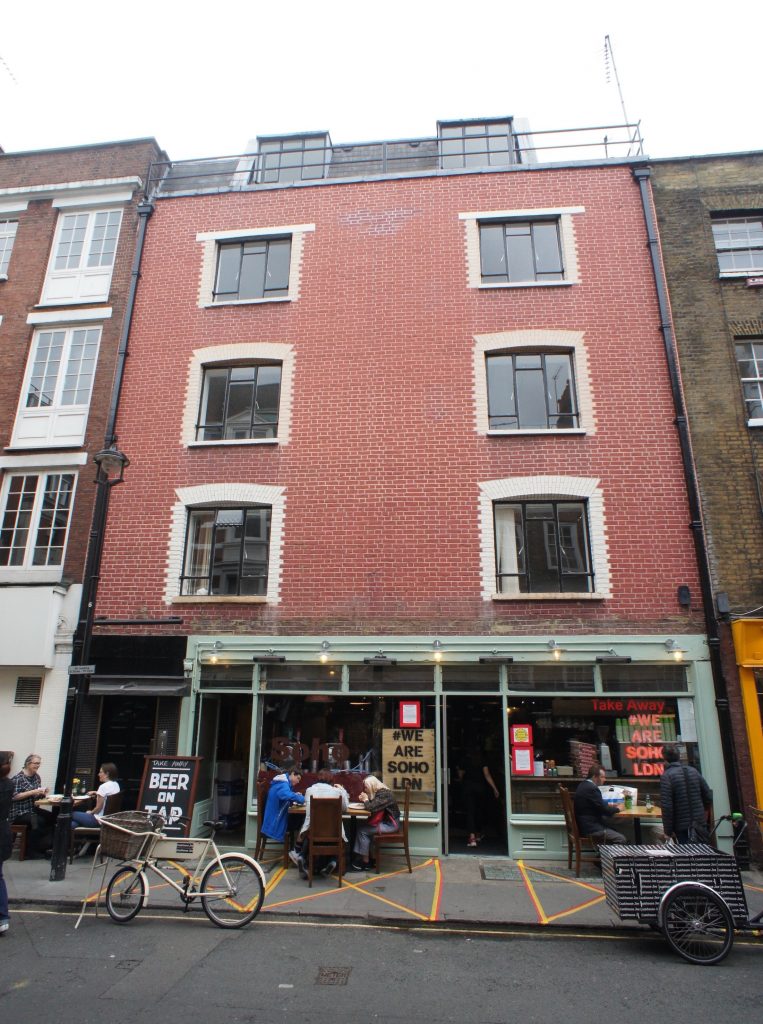A Central London building that became the hub for British Turkish Cypriots in 1950s and 1960s is finally back in the service of the community.
The Evkaf Administration of Cyprus (Evkaf), which owns the property on D’Arblay Street, Soho, has fully restored the 5-storey building and is leasing it to commercial organisations.
The rental income from the property will be used by Evkaf to open new accessible spaces for UK-based Turkish Cypriot community groups involved in education, culture, and welfare.
This method of charitable support is in keeping with Evkaf’s traditions. The Turkish Islamic institution was established in Cyprus by the Ottomans back in 1571. People would bequeath land to Evkaf for a specific charitable purpose, and rental income from that land would be used to support that purpose.
For years, the D’Arblay Street building suffered neglect by those entrusted with its care. It took a lengthy legal battle for Evkaf to finally regain control of the building, allowing it to undertake essential repairs and improvements. Evkaf also inherited considerable debts accumulated by the former occupiers, resulting in a total outlay costing approximately £400,000.
Evkaf recently completed its massive restoration project to ensure the property adheres to UK health and safety rules, and is upgraded into an attractive central London venue with all mod cons was. However the coronavirus pandemic and enforced lockdown delayed the arrival of new tenants.
“We are delighted to see D’Arblay Street ready to serve the British Turkish Cypriot community again. Our plans were held up because of the pandemic, but we have now leased all but one floor of the building and the rental income, after costs, will be used to support the community across London and beyond,” explained Professor İbrahim Benter, the Evkaf Director General.

“Evkaf rules, which date back to 1571, mean property in our ownership cannot be sold or transferred. The needs and location of the British Turkish Cypriot community, however, have changed over time. Today, Turkish Cypriots primarily live in the suburbs of north, east and southeast London and are after affordable local spaces for their activities,” continued Prof. Benter.
“Income from letting D’Arblay Street will be used to initially rent and, hopefully, later purchase properties to allow younger generations of British Turkish Cypriots to learn about their cultural values, traditions, and language, while also supporting the needs of the wider community, such as parents and the elderly. This support will alleviate a heavy financial burden on the community, which is currently paying costly rents for the use of such spaces,” he added.
Turkish Cypriots and 34-35 D’Arblay Street, London W1F 8EZ
The Turkish Cypriot diaspora in Britain, aided by financial assistance from the Adnan Menderes government in Turkey, bought 34-35 D’Arblay Street in Soho, central London, in 1951. The freehold ownership of the property was made in the name of Evkaf, which in turn permitted the use and management of the building on its behalf by the Kıbrıs Türk Cemiyeti (Cyprus Turkish Association).

The building quickly became the hub for London’s rapidly growing Turkish Cypriot community, hosting cultural events and activities, and political meetings. Visitors could tuck into hot Turkish Cypriot meals at its cafeteria, and the venue became a vital information point for new arrivals from Cyprus on everything from accommodation to jobs.
The D’Arblay Street building also holds huge significance in Turkish Cypriot political history. It served as the unofficial embassy for Turkish Cypriots when the troubles broke out in Cyprus in December 1963, with Ahmet Gazioğlu appointed as the first UK Representative (1964-66).
It was the place where Turkish Cypriot leader Rauf Denktaş would work from when visiting the British capital, and where young voluntary activists would disseminate details about missing Turkish Cypriots, prepare newsletters, and co-ordinate their aid and political campaigns to assist the tens of thousands of displaced Turkish Cypriots as a result of the Cyprus conflict that ran from December 1963 until August 1974.




